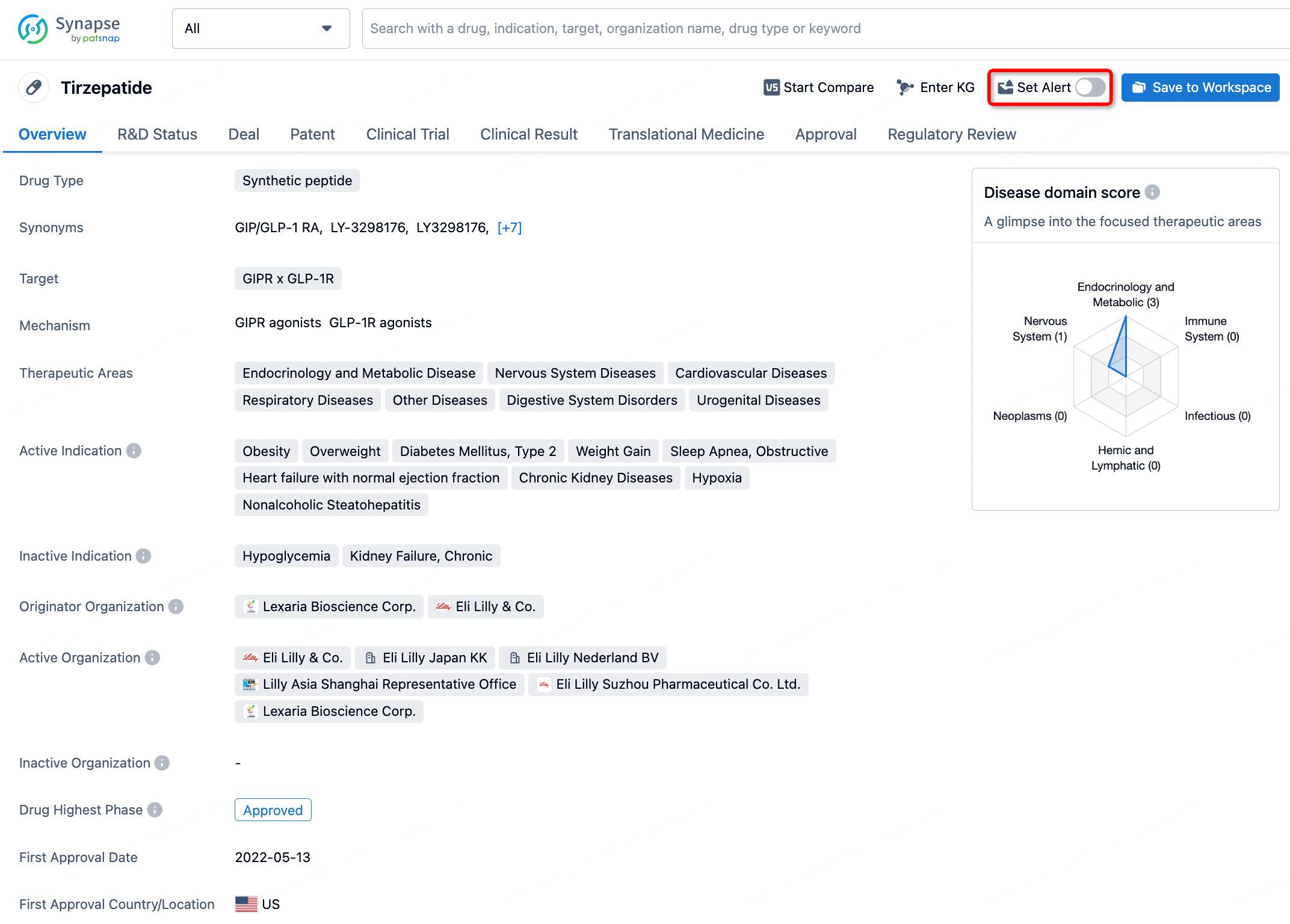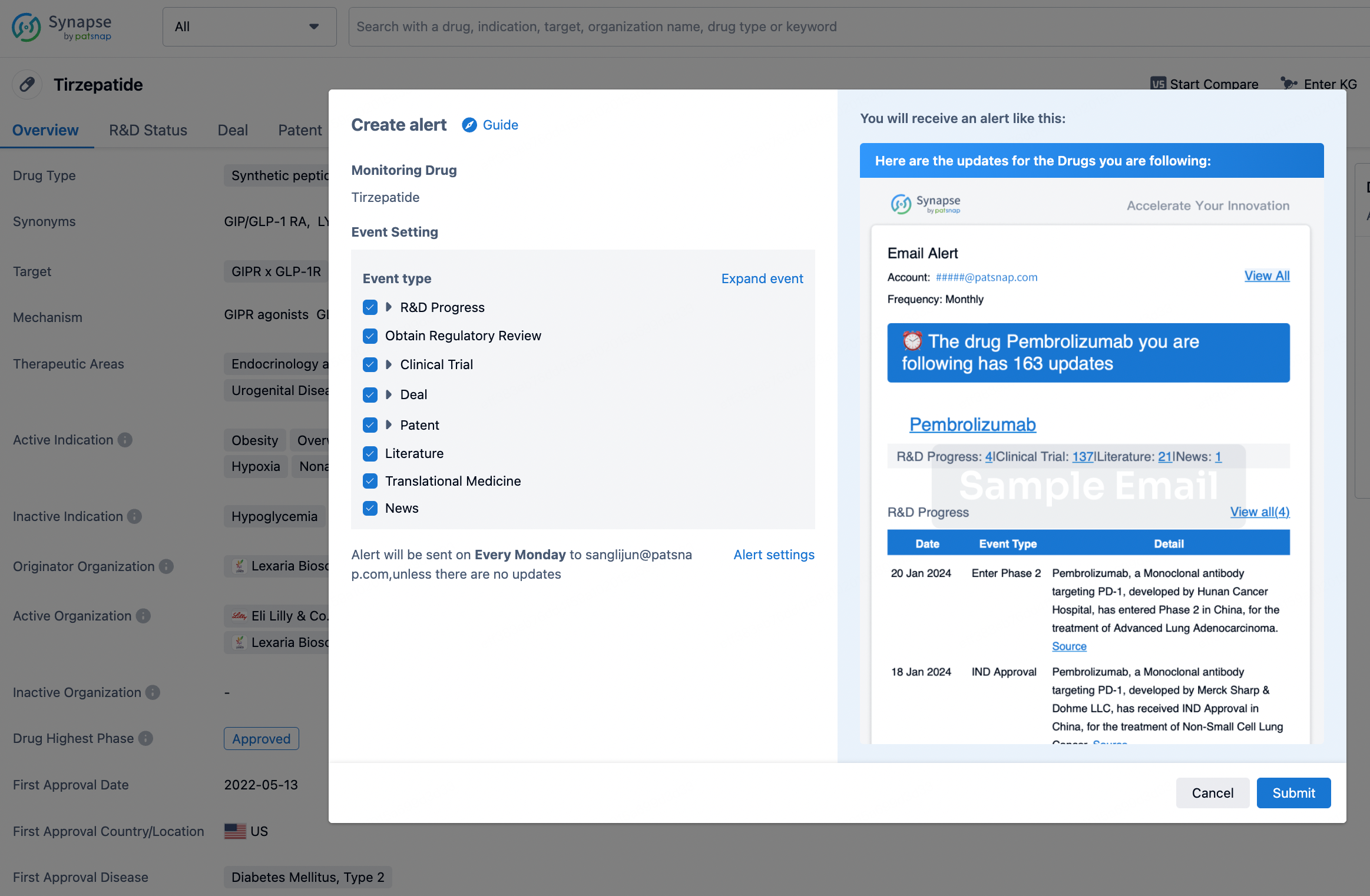Request Demo
What is the mechanism of Cefiderocol Sulfate Tosylate?
17 July 2024
Cefiderocol sulfate tosylate is a novel siderophore cephalosporin antibiotic that has garnered attention for its unique mechanism of action and efficacy against multidrug-resistant Gram-negative bacteria. Understanding the mechanism of cefiderocol sulfate tosylate is essential for appreciating how it can be utilized to combat challenging bacterial infections.
Cefiderocol sulfate tosylate operates through a distinctive iron transport mechanism, exploiting the bacterial iron uptake system. Bacteria require iron to survive and proliferate, and they have developed sophisticated systems to acquire this essential nutrient from their environment. Cefiderocol is designed with a siderophore-like structure that mimics natural iron chelators. When introduced into the body, cefiderocol binds to extracellular iron, forming a complex that is recognized by the bacterial iron transport machinery.
Once the cefiderocol-iron complex binds to the bacterial iron transport proteins, it is actively transported across the outer membrane of the Gram-negative bacteria through siderophore receptors. This is a crucial step as it allows cefiderocol to bypass the outer membrane barrier, which is often a significant hurdle for many antibiotics. After crossing the outer membrane, the cefiderocol complex is released inside the periplasmic space of the bacteria.
Within the periplasmic space, cefiderocol dissociates from the iron and exerts its antibacterial effect. Like other cephalosporins, cefiderocol targets penicillin-binding proteins (PBPs) located on the bacterial cell wall. PBPs are essential enzymes involved in the synthesis of peptidoglycan, a critical component of the bacterial cell wall. By binding to these PBPs, cefiderocol inhibits their activity, leading to the disruption of cell wall synthesis. This ultimately results in cell lysis and the death of the bacterial cells.
One of the most significant advantages of cefiderocol is its stability against β-lactamases, enzymes produced by many Gram-negative bacteria that confer resistance to β-lactam antibiotics. Cefiderocol is designed to be resistant to hydrolysis by these enzymes, including both serine- and metallo-β-lactamases. This makes cefiderocol a potent option against bacteria that produce these resistance enzymes, including carbapenem-resistant Enterobacteriaceae (CRE) and Pseudomonas aeruginosa.
Furthermore, cefiderocol has shown efficacy against Acinetobacter baumannii and Stenotrophomonas maltophilia, which are known for their multidrug-resistant profiles. The ability of cefiderocol to utilize the bacterial iron uptake system and evade common resistance mechanisms makes it a promising antibiotic in the fight against difficult-to-treat Gram-negative infections.
In conclusion, cefiderocol sulfate tosylate leverages a unique mechanism of action that involves hijacking the bacterial iron transport system to gain entry into the bacterial cell. Once inside, it disrupts cell wall synthesis by targeting penicillin-binding proteins, leading to bacterial death. Its resistance to β-lactamase enzymes and efficacy against a wide range of multidrug-resistant Gram-negative bacteria underscore its potential as a valuable therapeutic option in contemporary clinical practice.
Cefiderocol sulfate tosylate operates through a distinctive iron transport mechanism, exploiting the bacterial iron uptake system. Bacteria require iron to survive and proliferate, and they have developed sophisticated systems to acquire this essential nutrient from their environment. Cefiderocol is designed with a siderophore-like structure that mimics natural iron chelators. When introduced into the body, cefiderocol binds to extracellular iron, forming a complex that is recognized by the bacterial iron transport machinery.
Once the cefiderocol-iron complex binds to the bacterial iron transport proteins, it is actively transported across the outer membrane of the Gram-negative bacteria through siderophore receptors. This is a crucial step as it allows cefiderocol to bypass the outer membrane barrier, which is often a significant hurdle for many antibiotics. After crossing the outer membrane, the cefiderocol complex is released inside the periplasmic space of the bacteria.
Within the periplasmic space, cefiderocol dissociates from the iron and exerts its antibacterial effect. Like other cephalosporins, cefiderocol targets penicillin-binding proteins (PBPs) located on the bacterial cell wall. PBPs are essential enzymes involved in the synthesis of peptidoglycan, a critical component of the bacterial cell wall. By binding to these PBPs, cefiderocol inhibits their activity, leading to the disruption of cell wall synthesis. This ultimately results in cell lysis and the death of the bacterial cells.
One of the most significant advantages of cefiderocol is its stability against β-lactamases, enzymes produced by many Gram-negative bacteria that confer resistance to β-lactam antibiotics. Cefiderocol is designed to be resistant to hydrolysis by these enzymes, including both serine- and metallo-β-lactamases. This makes cefiderocol a potent option against bacteria that produce these resistance enzymes, including carbapenem-resistant Enterobacteriaceae (CRE) and Pseudomonas aeruginosa.
Furthermore, cefiderocol has shown efficacy against Acinetobacter baumannii and Stenotrophomonas maltophilia, which are known for their multidrug-resistant profiles. The ability of cefiderocol to utilize the bacterial iron uptake system and evade common resistance mechanisms makes it a promising antibiotic in the fight against difficult-to-treat Gram-negative infections.
In conclusion, cefiderocol sulfate tosylate leverages a unique mechanism of action that involves hijacking the bacterial iron transport system to gain entry into the bacterial cell. Once inside, it disrupts cell wall synthesis by targeting penicillin-binding proteins, leading to bacterial death. Its resistance to β-lactamase enzymes and efficacy against a wide range of multidrug-resistant Gram-negative bacteria underscore its potential as a valuable therapeutic option in contemporary clinical practice.
How to obtain the latest development progress of all drugs?
In the Synapse database, you can stay updated on the latest research and development advances of all drugs. This service is accessible anytime and anywhere, with updates available daily or weekly. Use the "Set Alert" function to stay informed. Click on the image below to embark on a brand new journey of drug discovery!
AI Agents Built for Biopharma Breakthroughs
Accelerate discovery. Empower decisions. Transform outcomes.
Get started for free today!
Accelerate Strategic R&D decision making with Synapse, PatSnap’s AI-powered Connected Innovation Intelligence Platform Built for Life Sciences Professionals.
Start your data trial now!
Synapse data is also accessible to external entities via APIs or data packages. Empower better decisions with the latest in pharmaceutical intelligence.


